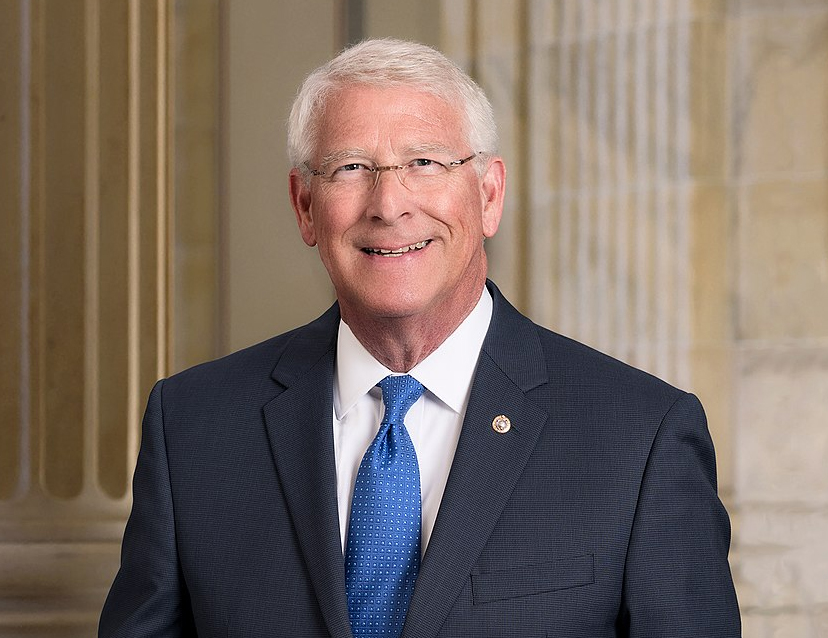Wicker: NTIA Broadband 'Need' Map Is Woefully Inaccurate
Said it needs to reassess its processes and sources

Sen. Roger Wicker (R-Miss.) has asked the National Telecommunications & Information Administration to review its broadband data collection, suggesting it is using “woefully inaccurate” data that threatens the effectiveness of billions of dollars in broadband subsidies.
Accurate data collection has been a big issue, particularly at the FCC, as the need for universal broadband grew during the COVID-19 pandemic and the spotlight on the digital divide, both rural and urban, grew stronger.
Also Read: Wicker Seeks Oversight Hearing on Broadband Mapping
Last month, NTIA released what it was billing as the first interactive map showing "key indicators of broadband needs across the country. The Administration said the "Indicators of Broadband Need" interactive mapping tool illustrated the digital divide to the public.
President Joe Biden has proposed more than $100 million in broadband subsidies to try and close that divide. The goal, NTIA said at the time, is to “illustrate the reality that communities experience when going online, with many parts of the country reporting speeds that fall below the FCC’s current benchmark for fixed broadband service of 25 [Megabits per second] download, 3 Mbps upload.”
The map combines poverty and lack of access to show how high poverty relates to internet use and lack of computers and equipment.
In a letter to NTIA acting head Evelyn Remaley, according to a copy supplied by Wicker‘s office, the senator said he was concerned that NTIA‘s most recent National Broadband Availability Map, which NTIA produces in concert with the FCC, is no more accurate than previous federal maps. Putting the newest map out has “created confusion regarding the state of broadband availability in the United States,“ the letter said.
Democrats, including current acting FCC chair Jessica Rosenworcel (“maps before money” was her mantra), complained about the previous, Republican-led, FCC's launching of billion-dollar broadband subsidy programs before better data collection programs were in place.
Wicker said the NTIA map data is outdated — including info from a 2019 Census survey, for example — and also relies on FCC data that “vastly overstates broadband coverage,” data the regulator is working to replace, in part under orders from Congress.
“As a result, we have a map that overstates coverage in some areas and understates it in others, leaving us with a skewed picture,” he wrote. Wicker pointed out that even NTIA knows the info is questionable, pointing to NTIA‘s disclosure boilerplate that NTIA “does not warrant the accuracy, adequacy, or completeness of this information and expressly disclaims any liability for any errors or omissions.”
The smarter way to stay on top of broadcasting and cable industry. Sign up below
Contributing editor John Eggerton has been an editor and/or writer on media regulation, legislation and policy for over four decades, including covering the FCC, FTC, Congress, the major media trade associations, and the federal courts. In addition to Multichannel News and Broadcasting + Cable, his work has appeared in Radio World, TV Technology, TV Fax, This Week in Consumer Electronics, Variety and the Encyclopedia Britannica.

